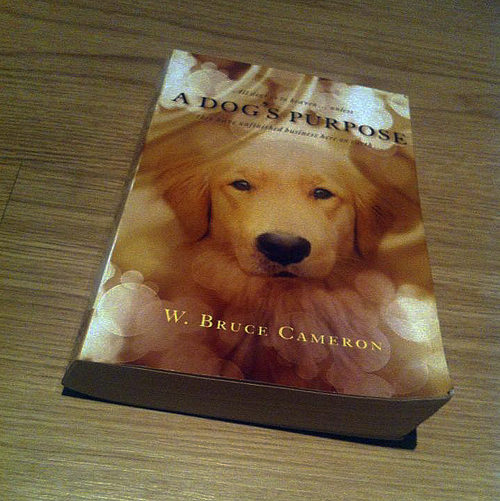Book Review: “First Call” by Dr Alex Hynes

First Call for Dogs by Dr Alex Hynes is an excellent book for dog owners, especially new dog owners. I will be adding this book to my recommend reading list for future puppy buyers, as I think it’s important for them to have this book as a guide to most medical conditions in dogs. Unlike many first aid pet books on the market, this book only looks at dogs. This is an excellent choice by Dr Alex Hynes – it means that the book is smaller (i.e. an appropriate size for just dog issues!), and also that in an emergency, it’s easy to flick to topics as relevant to dogs.
The title of this book is a little misleading – this book is more a medical bible than strictly a first aid manual. However, it does focus on owner-action instead of just describing the illness.
As a first aid trainer, I approach texts like this with a different mindset to most. In Australia, we have a resuscitation council (which I was on until recently!) and I know how ingrained in science first aid recommendations are. However, there is no resuscitation council for dogs! This means we often have to make ‘best guess’ when it comes to first aid, instead of having foundations in research.
For the most part, I was impressed with the rational approach taken by Dr Hynes in some common illnesses – for example, vomiting, diarrhoea, and heat stroke.
The area that were most in conflict for me was the snake bite. The book basically says to get the dog to a vet, which is obviously great advice. It ignores however the pressure immobilisation technique and the emphasis on keeping the dog still. Now, this has to be balanced against the proximity to the vet and available hands to drive and so forth, but if my dog was bitten by a snake I would get someone to start driving as I put a firm bandage (starting at the extremity and going up) on the affected limb, and then I would crate the dog to minimise movement. This not-moving is very important for the treatment of human snake bite, so it is logical to assume that in canines, another mammal, treatment would be similar.
Another slight criticism was the unusual order of the first half of the book. It made sense in the end, but at the beginning, I was feeling a bit perplexed. I now know that front of the book contains material referenced within the conditions are organised alphabetically in the second half of the book.
But that doesn’t take away from the content. I recommend this book to those wanting to have a guide for dealing with medical emergencies in their dogs. If you have no type of medical background, this book could literally be lifesaving to your dog.
Available for purchase from:
Dr Alex Hynes
Winston & Ruby



 Timbuktu
Timbuktu

